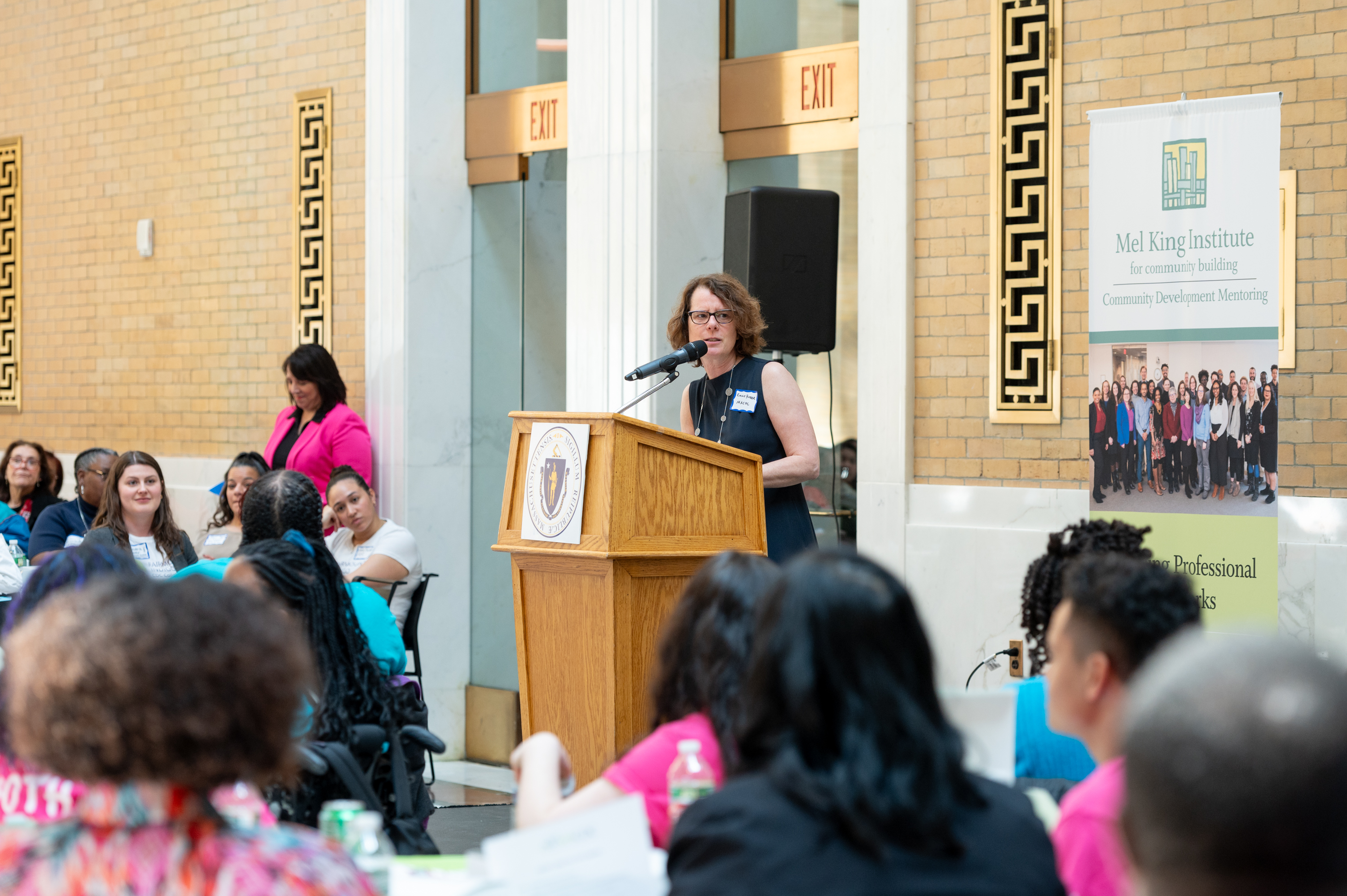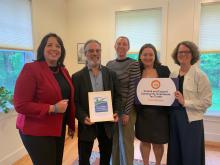The most important decisions affecting how much the State spends on affordable housing will be squarely on the shoulders of the new Governor. The State’s “Capital Budget”, which arguably has a bigger impact on affordable housing than what is commonly called the “State Budget” (and is more accurately called the “State Operating Budget”), is something over which the State Legislature has no control.
The State Operating Budget contains the funds appropriated by the State Legislature every year for all matter of State spending requirements. This budget is absolutely essential for meeting a myriad of needs, including the need for affordable housing. The Massachusetts Rental Voucher Program (MRVP) provides rental assistance so that very low-income families can afford to live in an apartment. Other programs help individuals and families avoid homelessness, or helps them find housing and shelter if they become homeless. The State cannot house families in need without these programs and other essential programs funded through the State Operating Budget.
Likewise, adequate funds from the State’s Capital Budget are essential to meeting the affordable housing needs of families across the State. And in fact, the programs that provide the dollars for the actual construction or rehabilitation of this housing come primarily from the Housing Capital Budget, or as they are commonly called, bond funds. Public housing authorities rely on bond funds for necessary improvements to the aging public housing stock. Private affordable housing developers, including many nonprofits and CDCs, rely on bond funds for both the production and preservation of affordable housing. Providers of housing for persons with disabilities rely on these bond funds as well.
Thus, the amount of the State’s Housing Capital Budget will be among the most consequential decisions facing Governor-Elect Baker in 2015, and each year thereafter. At the MACDC Convention on October 25, then-candidate Charlie Baker made this pledge with regard to the housing capital budget: “We will not spend any less than the $190 million that is already on the table.” Getting this pledge is a great first step! But we have our work cut out for us - to hold the new Governor to his pledge to not cut the housing capital budget, and to advocate for a much-needed increase.
Like the State Operating Budget, the State’s Capital Budget originates with the State Legislature, through passage of a Housing Bond Bill. While the operating budget appropriates specific dollar amounts to be spent on programs, however, the capital budget establishes overall spending caps, within which the Governor can raise funds through the sale of bonds. In 2014, the Legislature passed, and Governor Patrick signed, a $1.4 Billion Housing Bond bill, establishing spending caps for nine separate housing programs for what is expected to be a 5-year period. This was the largest housing bond bill in the State’s history, and provided authority to the Governor to spend what is needed on important housing programs. It doesn’t take a complex algorithm, but merely a calculator, to figure out that $1.4 Billion over 5 years comes out to $280 million per year. Yet Governor Patrick’s most recent Housing Capital Budget, released for the fiscal year that began July 1, provides an increase from the prior year to just over $190 million for the current year. Why the mismatch?
In 2014, the Governor, through the Executive Office for Administration and Finance (A&F), established a 5-year Capital Investment Plan that covers the broad spectrum of investment categories to be funded through the sale of bonds. These include housing, economic development, transportation, health and human services, energy and environment- to name a few. From this plan, the Administration sets spending limits (bond caps) for the current fiscal year for each of these categories. Therefore, in any given year, the amount of the bond cap for housing is a function of two determinations by the Governor: first, the overall amount of funds that the State spends in the capital budget, and second, the relative share of that amount to be spent on housing. Within the caps established by the Housing Bond Bill, the amount of the housing bond cap is totally within the Governor’s sole discretion.
How has housing fared over the years in the capital budget? Well, in fiscal year 2007 (the year that started July 1, 2006), then-Governor Romney’s last capital budget set the housing capital budget at $147 million. Since then, in the capital budgets established by Governor Patrick, we have seen an increase, to where the housing capital budget (for fiscal year 2015) currently stands at $190.5 million, an increase of just under 30% over 8 years.
Of course, the dollars are spent on specific programs that allow important housing projects to go forward, which is why we ask for more money. (Massachusetts FY 2015 Housing Capital Budget) The Affordable Housing Trust Fund, the Housing Stabilization Fund, and the Housing Innovations Fund help address the pipeline of affordable rental and homeownership development proposals that are forced to wait too long, often several years, for commitments of state resources. The Facilities Consolidation Fund and the Community Based Housing Program expand housing choice for persons with disabilities. The demand for funds under these, and other, programs far exceeds their supply. Furthermore, the State dollars awarded leverage tens of millions of federal dollars from low-income housing tax credits and other programs, and locally-allocated dollars as well. This is why each year MACDC, and our allies, advocate with the Governor for more money in the Housing Capital Budget.
There is one thing we know about Governor-Elect Baker, from his role in a prior administration as the Secretary of Administration and Finance. He knows that when it comes to programs to fund affordable housing development, the capital budget is the key. And so do we.









